Disclosure: This article contains affiliate links. We may earn a commission from purchases at no extra cost to you, which helps our travel content.
There's something profoundly humbling about witnessing Earth's most extreme environments within a single journey. As a surgeon, I'm trained to identify contrasts—the subtle differences between healthy and compromised tissue that guide my hands in the operating room. Perhaps that's why I found myself irresistibly drawn to planning what many would consider madness: a month-long expedition from the sweltering heart of the Amazon to the frigid gateway to Antarctica. Iquitos, Peru and Ushuaia, Argentina represent nature's ultimate contrast study—two environments so diametrically opposed that experiencing both in succession creates a cognitive dissonance that reshapes your understanding of our planet's diversity. After my last surgical rotation left me mentally depleted, I knew I needed something extraordinary to recalibrate. This wasn't just travel; it was a prescription for perspective—a reminder that the world extends far beyond hospital walls and the daily rhythms that can so easily consume us.
Preparing for Environmental Extremes
When I tell colleagues I'm heading to both the Amazon and Antarctica in a single trip, their first question is invariably about packing. How does one prepare for both 90% humidity at 95°F and the bitter sub-zero winds of Tierra del Fuego?
The answer lies in strategic layering and specialized gear. My background in surgical preparation served me well here—methodical planning is essential whether you're entering an operating room or the world's most challenging environments.
For the Amazon portion, moisture-wicking is your primary concern. The humidity in Iquitos is relentless, creating the perfect environment for everything from fungal infections to equipment failure. I packed quick-dry clothing with built-in UV protection and treated everything with permethrin spray two weeks before departure.
For Antarctica, I approached layering with the same precision I would a complex surgical procedure. Base layers of merino wool, mid-layers for insulation, and an expedition-grade outer shell. My down parka became my constant companion in Ushuaia, worth every penny of its premium price tag when the Beagle Channel winds cut through lesser jackets like a scalpel.
The real challenge was transitioning between these environments. I shipped a pre-packed container of cold-weather gear to a trusted contact in Buenos Aires, allowing me to travel light through Peru and pick up winter essentials before flying south. This strategy saved me from lugging thermal gear through the Amazon—a rookie mistake that would have resulted in mildewed clothing by day three.
Vaccinations required similar forethought. Yellow fever, typhoid, and hepatitis boosters were necessary for the Amazon, while my pre-existing tetanus and influenza immunizations covered both regions. As a medical professional, I'm fastidious about prophylaxis; as a traveler to remote regions, this becomes even more critical.
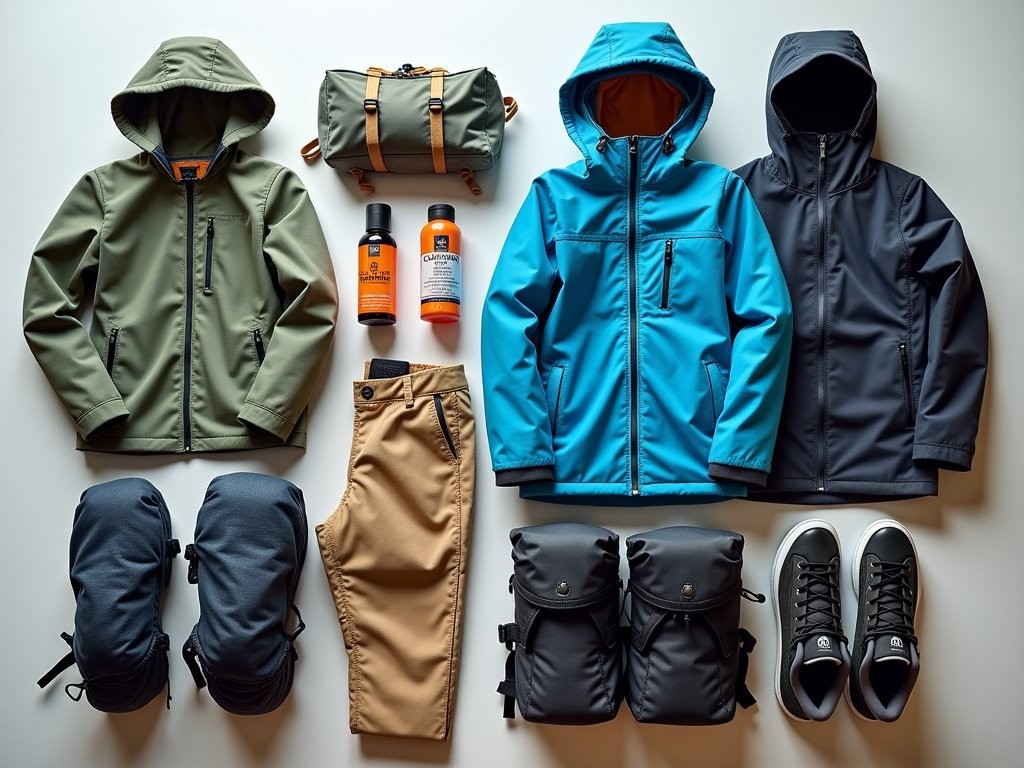
💡 Pro Tips
- Ship seasonal gear ahead to a trusted contact or hotel when traversing multiple climate zones
- Treat all Amazon clothing with permethrin spray two weeks before departure
- Pack a comprehensive medical kit with antibiotics, antimalarials, and altitude medication
Iquitos: The Beating Heart of the Amazon
Arriving in Iquitos feels like stepping into another dimension. As the largest city in the world inaccessible by road, it maintains a frontier quality that immediately signals you've left conventional travel behind. The cacophony of motorcycle taxis, the kaleidoscope of river boats at the Belén floating market, and the wall of humidity that embraces you like an overeager relative—it's sensory overload in the best possible way.
My surgical background has trained me to look for patterns and anomalies, and Iquitos offers both in abundance. The city exists at fascinating crossroads of indigenous wisdom and modern necessity. Nowhere is this more evident than in the traditional medicine markets, where plant-based remedies that have been used for centuries sit alongside modern pharmaceuticals.
I spent three days at the Bellavista Nanay market speaking with traditional healers about their diagnostic approaches. As someone who relies on advanced imaging and laboratory values, I was humbled by their ability to identify ailments through observation and questioning. One curandero showed me how he uses the resin of the sangre de grado tree—literally 'dragon's blood'—as a potent anti-inflammatory and wound treatment. The biochemist in me recognizes the taspine alkaloid at work; the physician acknowledges results that sometimes rival our modern approaches.
Venturing deeper into the rainforest required proper guidance. I arranged a six-day expedition with a local biologist who specializes in medicinal plants. Our journey took us to the Pacaya-Samiria National Reserve, where we stayed in a research station that balanced rustic authenticity with necessary comforts.
The nighttime symphony of the Amazon defies description—layer upon layer of insect, amphibian, and mammalian calls creating a biological orchestra that makes you acutely aware of being a visitor in an ancient ecosystem. I recorded these sounds each night with my portable audio recorder, creating a sonic journal that captures what photographs cannot.
The most profound experience came during a nocturnal canoe expedition, gliding silently through flooded forests as caimans' eyes reflected our headlamps like rubies in the darkness. Our guide pointed out medicinal plants by moonlight—a reminder that healing knowledge here doesn't pause when the sun sets.
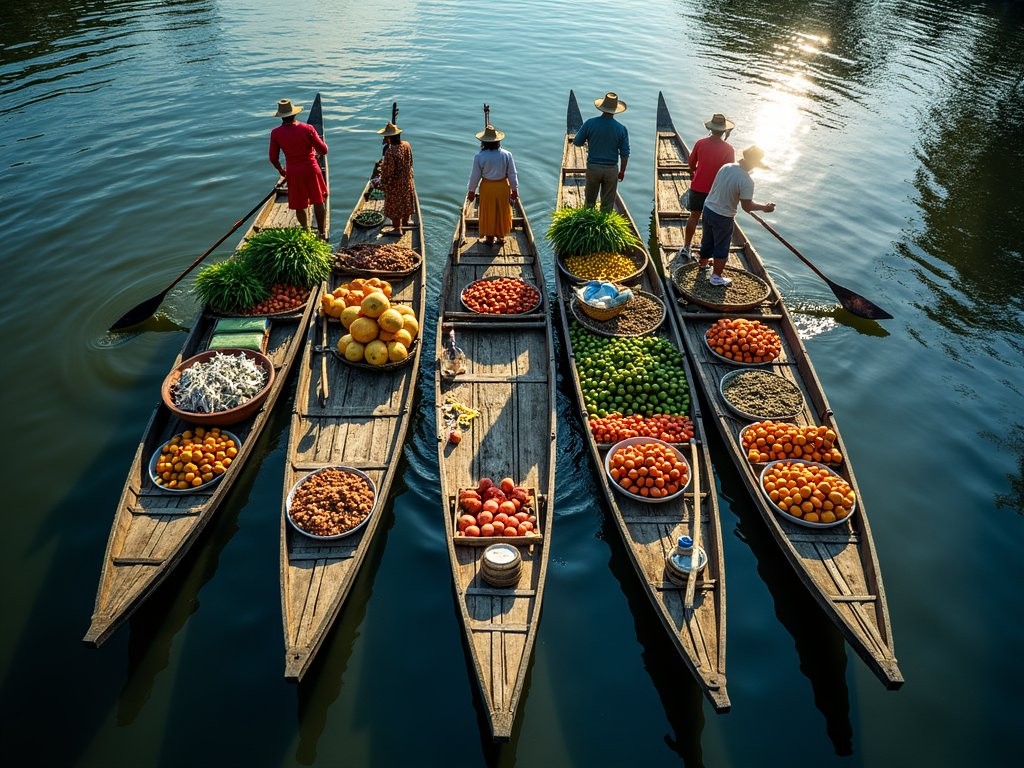
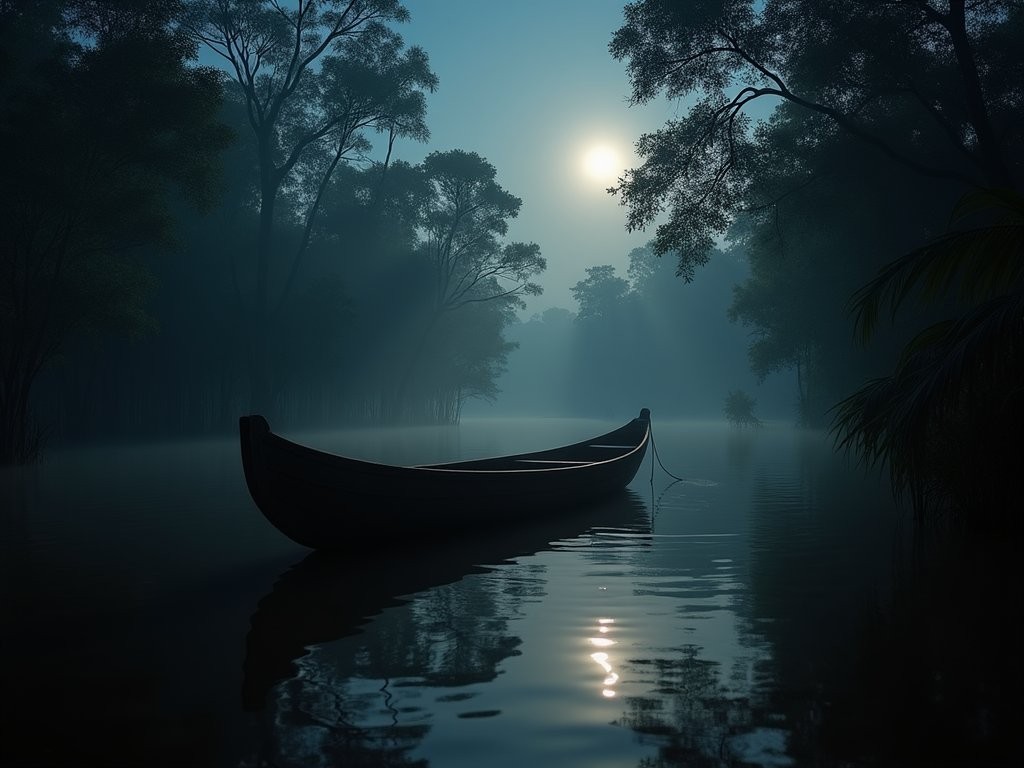
💡 Pro Tips
- Book a homestay with a local family for at least part of your Iquitos experience—hotels insulate you from authentic daily rhythms
- Visit the manatee rescue center to understand conservation challenges in the region
- Bring twice as many quick-dry clothing items as you think you'll need—nothing fully dries in the humidity
The Transitional Journey: From Equator to Antarctic Gateway
The psychological adjustment between these environments proved more challenging than the physical one. After two weeks immersed in the living abundance of the Amazon—where life erupts from every surface and the air itself feels animated—the transition to the austere landscapes of Patagonia creates a form of environmental whiplash.
I deliberately structured a decompression period in Lima and then Buenos Aires, allowing my senses to recalibrate gradually. Lima's coastal desert environment served as a perfect intermediate zone—neither rainforest nor frozen tundra. I spent three days at a boutique hotel in Barranco, processing my Amazon experiences through journaling and preparing mentally for the southern extreme to come.
The flight path from Buenos Aires to Ushuaia itself tells a story of transition. As you move southward, the landscape gradually empties, vegetation retreats, and the color palette shifts from vibrant greens to subdued browns and whites. By the time you're circling for landing over the Beagle Channel, the psychological adjustment has begun.
This transitional period is where many travelers make critical errors. The temptation is to rush from one extreme to the other, maximizing time in the 'destination' environments. However, my medical training has taught me the importance of adaptation periods. Just as we carefully transition patients between different physiological states, travelers must respect the mind's need to adjust between radically different environments.
I used my travel journal to document not just what I saw, but how each environment affected my mental state. This practice, borrowed from my surgical training where detailed observation is paramount, helped me process the transition mindfully rather than experiencing it as disorienting.
The gear transition also requires careful planning. In Buenos Aires, I swapped my lightweight moisture-wicking wardrobe for thermal layers and waterproof outer shells. Equipment needed cleaning and drying after the Amazon—cameras required desiccant packets to remove accumulated humidity, and electronic devices benefited from a complete discharge and recharge cycle to prevent battery issues in the cold to come.
Perhaps most importantly, this transition period allowed me to shift from the mindset of abundance that the Amazon requires to the mindset of conservation that Antarctica demands. In the rainforest, life's exuberance is overwhelming; near Antarctica, every calorie and resource must be carefully managed. This mental shift is as essential as any gear change.
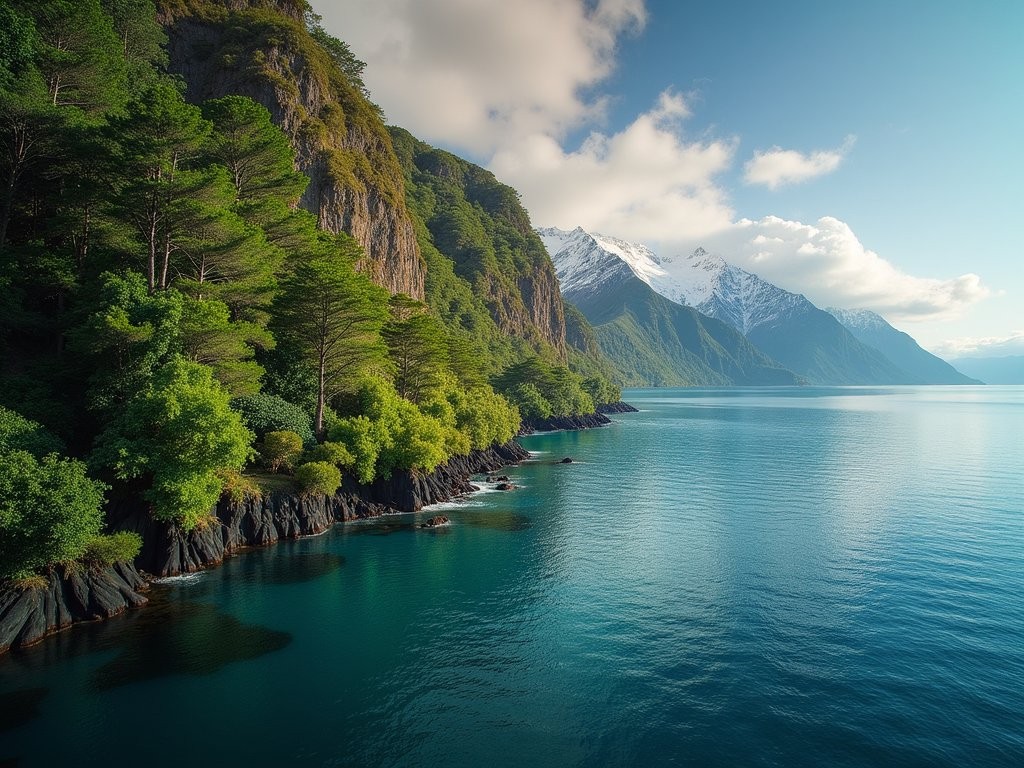
💡 Pro Tips
- Schedule at least 2-3 days in a neutral environment between extreme climate zones
- Clean all equipment thoroughly during transition periods—Amazon fungi can survive and damage gear in surprising ways
- Consider a complete technology reset during transition—back up photos, reformat memory cards, and restart devices
Ushuaia: At the End of the World
They call Ushuaia 'El Fin del Mundo'—the End of the World—and standing on its windswept harbor facing south toward Antarctica, the name feels earned. After the chaotic vitality of Iquitos, Ushuaia presents as a study in minimalism, where each element of the landscape feels deliberately placed rather than riotously emergent.
The town itself straddles contradictions—a frontier outpost with surprising sophistication, where expedition vessels dock alongside luxury cruise ships. As a base for Antarctic expeditions, it has developed a cosmopolitan character that belies its remote location. The restaurants along San Martín Avenue serve Patagonian lamb and king crab that rival fine dining anywhere, yet the ever-present view of the Martial Mountains reminds you of your proximity to wilderness.
I spent my first two days acclimatizing to both the cold and the startling clarity of the air. After the particulate-rich atmosphere of the Amazon, where distance is always obscured by vegetation or humidity, the crystalline visibility of Tierra del Fuego creates an almost hallucinatory depth perception. Mountains that appear touchably close may be tens of kilometers away—a perceptual adjustment that parallels the microsurgical work I do, where scale and distance require constant recalibration.
Tierra del Fuego National Park provided my first immersion into subantarctic ecosystems. Hiking along the coastal path from Ensenada Bay to Lapataia Bay, I witnessed the stunted lenga forests that represent nature's last stand before the treeless expanses beyond. The trees here grow sideways rather than upward, shaped by relentless winds into natural sculptures that document the directional history of storms.
The true Antarctic experience, however, begins on the water. I booked a five-day expedition aboard a research vessel converted for ecotourism—small enough to access remote coves yet stable enough to handle the notorious Drake Passage. My waterproof binoculars became an extension of my hands as we navigated the Beagle Channel, spotting Magellanic penguins and the occasional breaching sei whale.
The expedition took us to islands that mark the boundary between South America proper and the Antarctic ecosystem. On Isla de los Estados, we hiked to remote lighthouses that have guided ships around Cape Horn for centuries. The isolation here is profound—a stark counterpoint to the teeming sociality of Amazonian communities.
Most profound was our landing at Cape Horn itself, the mythic southernmost headland where the Atlantic and Pacific collide in perpetual conflict. Standing at the albatross monument that honors the thousands of sailors lost rounding the Horn, I felt the same humility that occasionally visits me in the operating room—a recognition that despite all our technological advances, we remain subject to forces vastly beyond our control.

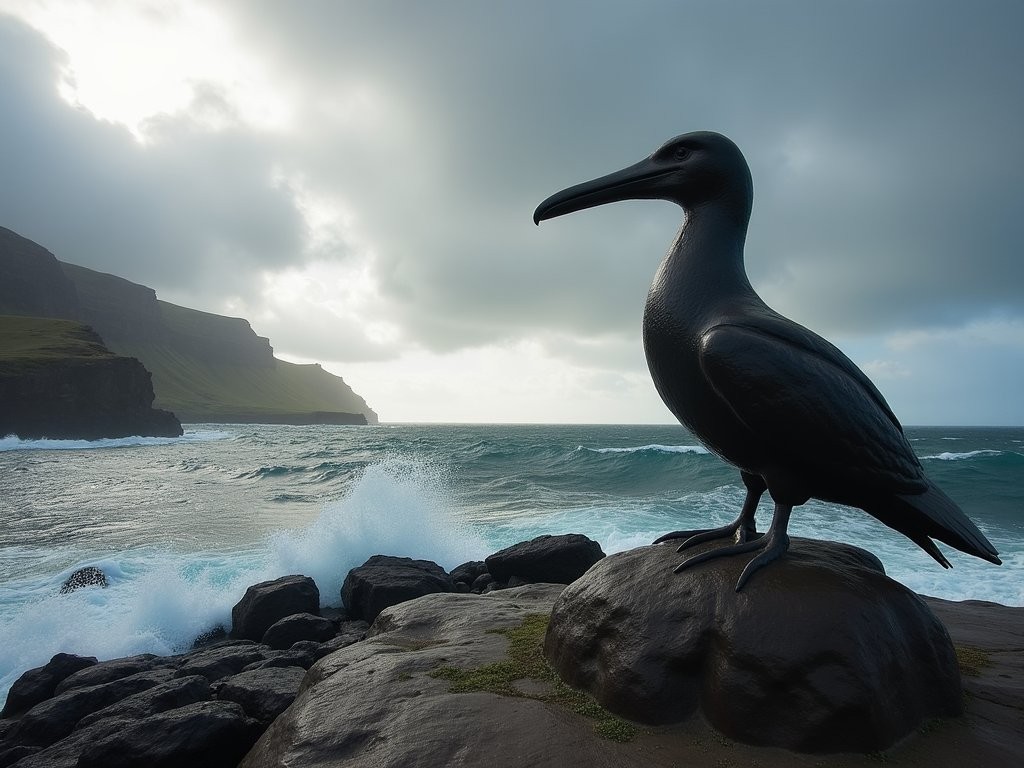
💡 Pro Tips
- Book Antarctic expeditions at least six months in advance—the best small vessels fill quickly
- Layer clothing strategically rather than relying on single heavy garments—the weather changes rapidly
- Visit the Maritime Museum in the former prison building for crucial historical context about the region
Biological Adaptations: Lessons from Extremes
As a surgeon, I'm fascinated by how organisms adapt to environmental challenges. This journey provided a master class in evolutionary ingenuity at both ends of the climate spectrum.
In the Amazon, life has evolved to maximize every available niche. The rainforest operates in vertical layers, each with its own community of specialists. Canopy dwellers may never touch the forest floor; understory species have evolved to thrive in perpetual shadow. The medicinal plants I studied demonstrate remarkable chemical complexity—producing compounds to deter insects, fight fungi, and attract pollinators simultaneously.
The human adaptations are equally impressive. Indigenous communities have developed sophisticated knowledge systems that catalog thousands of plants and their applications. Their traditional housing designs—built on stilts with palm thatch roofs—create natural ventilation that outperforms modern air conditioning in both comfort and sustainability.
At the opposite extreme, Tierra del Fuego showcases adaptation through efficiency and conservation. The region's flora exhibits strategies focused on survival rather than competition—hugging the ground to avoid wind damage, growing slowly to conserve energy, and developing antifreeze compounds that prevent cellular rupture in sub-zero temperatures.
Wildlife adaptations are even more striking. Observing Gentoo penguins through my spotting scope revealed the remarkable countercurrent heat exchange system in their legs—a biological innovation that conserves core temperature while standing on ice. As someone who regularly monitors patients' core temperatures during surgery, I found this natural thermoregulation fascinating.
The human communities of Tierra del Fuego tell a more sobering adaptation story. The indigenous Yaghan people developed extraordinary physiological adaptations to the cold—maintaining higher basal metabolic rates and circulating more blood to their extremities than European populations. Tragically, this biological specialization made them more vulnerable to introduced diseases, contributing to their near-extinction following European contact.
The contrast between these environments underscores a fundamental biological principle: there is no single optimal adaptation strategy. What succeeds in the Amazon would be fatal in Antarctica, and vice versa. This parallels medical practice, where treatments must be precisely tailored to individual patients rather than applied universally.
Perhaps most striking were the convergent adaptations I observed—different species evolving similar solutions to environmental challenges despite having no genetic relationship. In both extremes, I found organisms that had independently developed antibiotic compounds, suggesting that certain chemical structures represent optimal solutions to universal biological problems. This observation has direct relevance to my research on novel antimicrobials derived from natural sources.
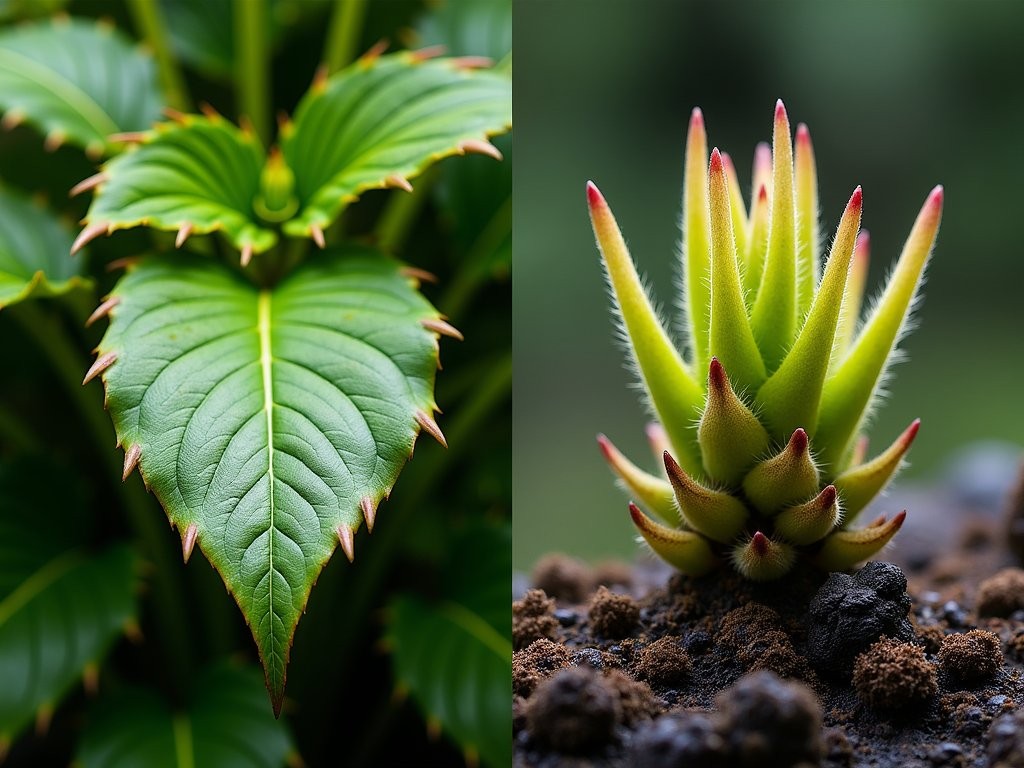
💡 Pro Tips
- Learn basic botanical identification before visiting the Amazon—understanding plant families helps you recognize patterns
- Book guided wildlife excursions with biologists rather than general tour guides for deeper insights
- Carry a field notebook for observations—the contrasts between environments reveal evolutionary principles that might otherwise be missed
Final Thoughts
Transitioning from the Amazon's riotous abundance to Antarctica's austere minimalism creates a cognitive recalibration that few other journeys can provide. As a surgeon, I'm accustomed to working within controlled environments where variables are minimized and outcomes can be predicted with reasonable certainty. This journey reminded me that our planet's most extraordinary environments follow no such constraints—they demand adaptation, humility, and a willingness to acknowledge our own limitations.
The contrast between these regions isn't merely geographic; it's philosophical. The Amazon teaches abundance thinking—the recognition that resources, when properly managed, can be perpetually renewable. Antarctica teaches conservation thinking—the understanding that in harsh environments, every resource must be carefully preserved and nothing wasted. Both perspectives are essential in our increasingly complex world.
As I returned to my operating room in Fort Worth, I carried these environmental extremes within me—a mental reference point that continues to inform both my medical practice and my understanding of our fragile planet. The journey from Amazon to Antarctica isn't merely travel; it's transformation.
✨ Key Takeaways
- Contrasting extreme environments provides unique perspective on human adaptability
- Transition periods between radically different ecosystems require deliberate mental adjustment
- Indigenous knowledge systems in both regions represent sophisticated scientific understanding developed over generations
- Conservation lessons from Antarctica have increasing relevance as climate change accelerates globally
📋 Practical Information
Best Time to Visit
Iquitos: June-September (dry season); Ushuaia: November-March (austral summer)
Budget Estimate
$15,000-25,000 for one month including Antarctic expedition
Recommended Duration
Minimum 3-4 weeks (10 days Amazon, 3-4 days transition, 10 days Antarctica)
Difficulty Level
Advanced - Requires Significant Preparation And Environmental Adaptability
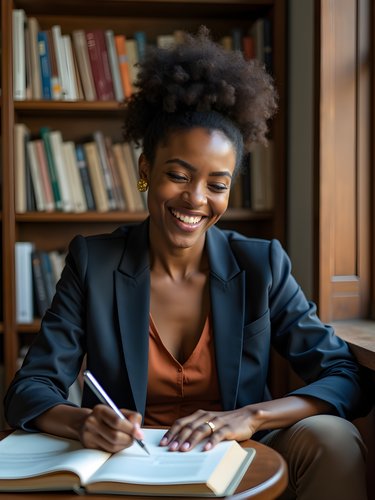
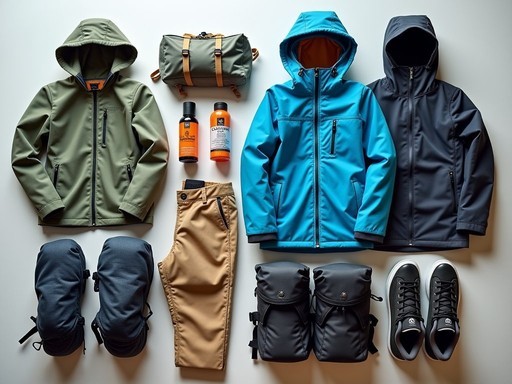
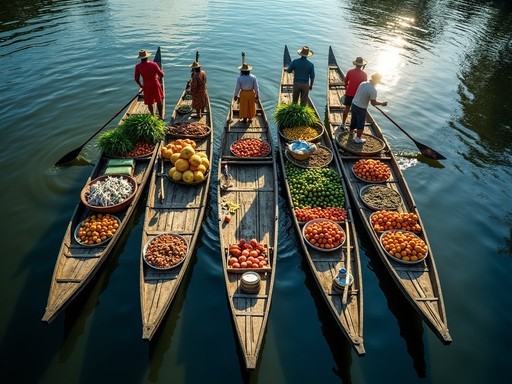
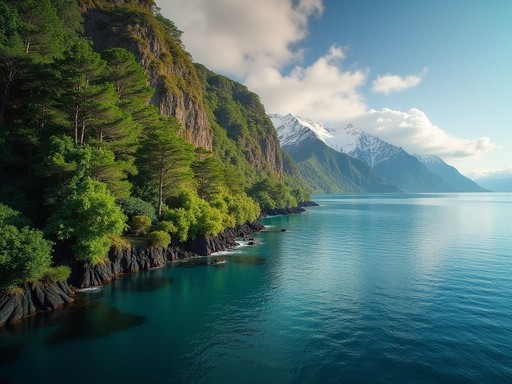
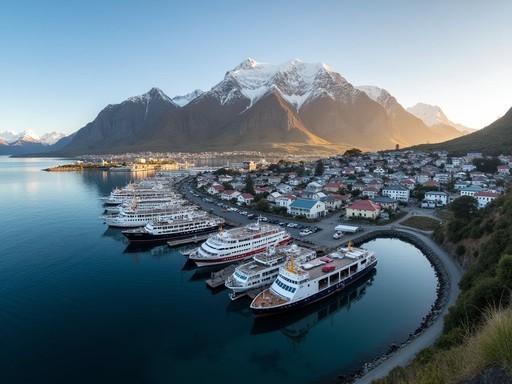
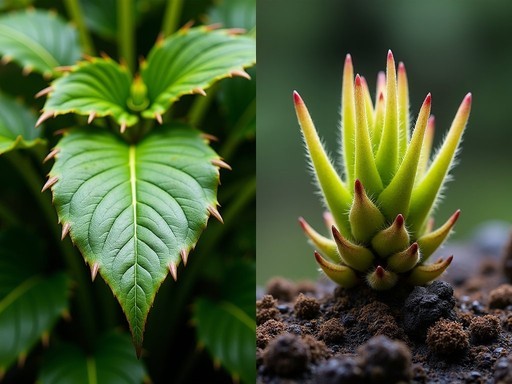


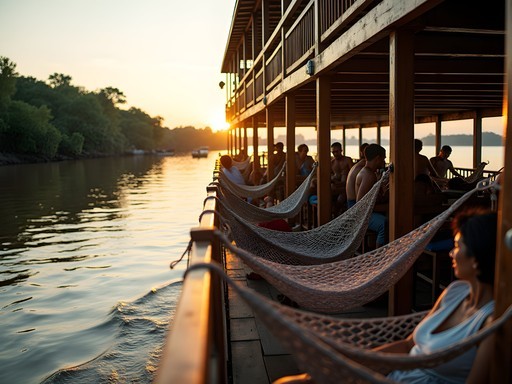







Comments
waveace9353
How difficult was it to get from Iquitos to Ushuaia? Did you fly through Lima or take another route? Planning this exact trip for next year!
waveking6708
Not OP but I did this last year. Lima -> Santiago -> Punta Arenas -> Ushuaia was the most reliable route. LATAM has good connections.
journeylife
Just booked my flights to Iquitos after reading this! Any recommendations for local guides who can take you deeper into the rainforest? I want the authentic experience you described.
waveking6708
Those Ushuaia pics are epic! End of the world vibes for real.
moonperson
This post hit me differently. I've been to both places but separately, never thought about combining them into one trip. The psychological impact must be intense. Did you feel any culture shock moving between these environments so quickly?
Nicole Russell
Just finished reading this and I'm absolutely inspired! I did Iquitos solo last year and fell in love with its chaotic energy. The floating markets were a highlight - did you try the aguaje fruit? That purple flesh is unforgettable! I haven't made it to Antarctica yet, but it's top of my bucket list now. As a surgeon, did your analytical mindset help you process these contrasting environments? I find my journalist brain constantly comparing and categorizing when I travel between dramatically different places.
moonperson
Nicole - I did Iquitos too! Did you stay at that hostel with the rooftop bar that overlooks the river? Best sunset views ever.
travelclimber
Amazing contrast in one trip! Those Iquitos photos are incredible.
Amit Sullivan
Brooklyn, your journey reminds me of my own transition from the Amazon to Antarctica last year. The cognitive recalibration you mention is spot on. In Iquitos, I remember waking to a symphony of birds and monkeys, while in Antarctica, the silence was so profound it felt like a physical presence. There's something about experiencing these extremes that fundamentally changes your perception of our planet. Did you find yourself more drawn to the chaotic abundance of the Amazon or the stark minimalism of Antarctica? For me, it was the latter - that pristine emptiness spoke to something deep in my soul.
journeylife
This journey looks incredible! What specific gear did you find essential for transitioning between such extreme environments? I'm planning something similar for next year.
Amit Sullivan
Not the author, but I did a similar trip last year. Layering is absolutely crucial. I found my merino base layers worked wonders in both environments - moisture-wicking in the Amazon and warm in Antarctica.
journeylife
Thanks Amit! That's really helpful. Did you bring separate luggage for each climate zone?
GlobalNomad
If you're doing this journey, definitely build in some rest days in Santiago or Buenos Aires between the two extremes. My body needed time to adjust! Also bring twice as many memory cards as you think you'll need - both places are insanely photogenic.
wildseeker
Your description of the "cognitive recalibration" is spot on! Did the same journey in 2024 and still processing it. The silence of Antarctica after the constant symphony of the Amazon was the most striking contrast for me. Anyone planning this trip should definitely spend time in Puerto Williams if possible - less touristy than Ushuaia but equally fascinating!
Venture X
Premium card with 2X miles, $300 travel credit, Priority Pass